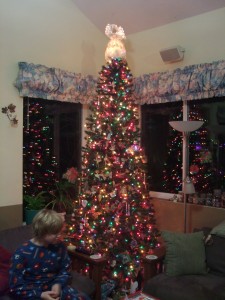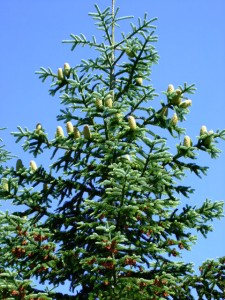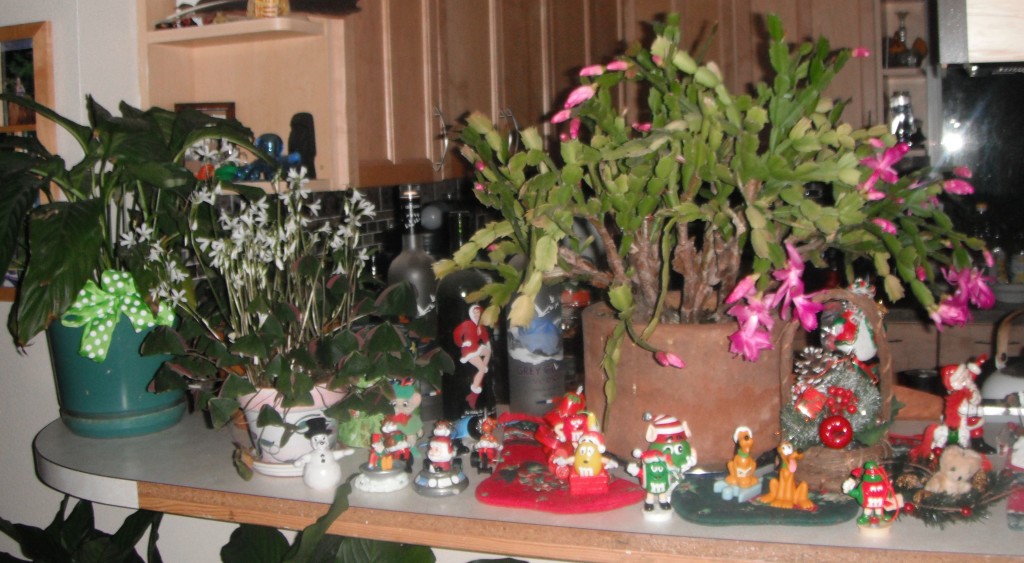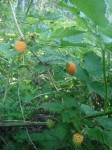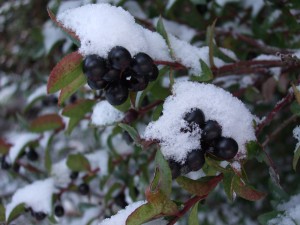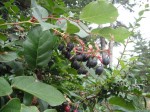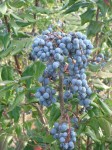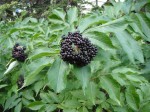Permaculture is short for permanent agriculture. It is the conscious design and maintenance of food-producing ecosystems which have the diversity and resilience of natural ecosystems. It has grown to include the sustainable production of energy, shelter, and other materials.
The philosophy behind permaculture is one of working with, rather than against nature; creating a harmonious landscape ecosystem for people and wildlife — Permaculture is a creative design process, based on an environmental ethic, that encourages us to study, observe, & mimic the patterns and relationships we find in nature.
By adopting the ethics and applying these principles, we can make the transition from being dependent consumers to producing some of our own healthy food and materials. We can also relearn traditional skills, such as food preservation & general self-suffiency that our ancestors relied upon for survival. These skills and community-supported permaculture programs may help us to prepare for an uncertain future as populations increase and food & other resources become scarcer on our finite planet.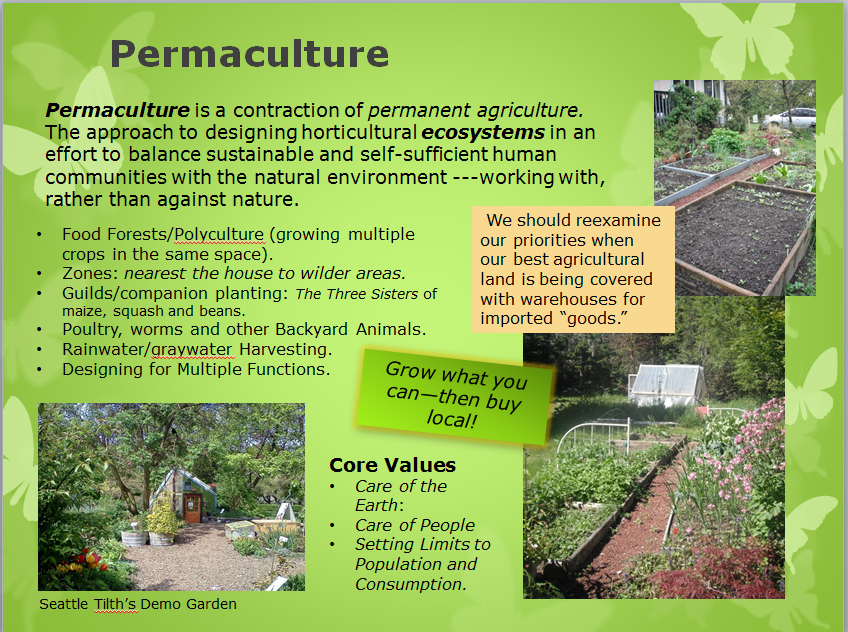
Central to permaculture are the three ethics: care for the earth, care for people, and fair share. They form the foundation for permaculture design and are also found in most traditional societies. Following are the 12 principles of permaculture as described by David Holmgren, with some of my own editorial comments:
1. Observe and Interact – Take the time to engage with nature. We are often focused on work and the task at hand such that we forget to appreciate what surrounds us…take notice of the flowers & the birds & the beauty that surrounds you.
2. Catch and Store Energy –Collect resources when they are abundant and use them in times of need: Catch water with rain barrels, compost to store nutrients for plants, & harvest & preserve food for future use.
3. Obtain a yield – Ensure that you are getting truly useful rewards as a result of the work you are doing…emotional and psychological rewards, as well as staple foods and sweet fruit– nature’s candy!
4. Apply Self-Regulation and Accept Feedback –discourage inappropriate activity to ensure that systems can continue to function well…avoid chemicals and other harmful inputs to the ecology of your garden. Take notice to see what works…and what doesn’t.
5. Use and Value Renewable Resources and Services –Make the best use of nature’s abundance to reduce our consumptive behavior and dependence on non-renewable resources. I use the cheapest local sources for soils, natural fertilizers, mulches and other materials; reusing & repurposing what I can.
6. Produce No Waste –By valuing and making use of all the resources that are available to us, nothing goes to waste…food scraps can go to pigs, chickens, or worms or can just be composted.
7. Design From Patterns to Details –By stepping back, we can observe patterns in nature. These can form the backbone of our designs, with the details filled in as we go…getting inspiration from nature!
8. Integrate Rather Than Segregate – By putting the right things in the right place, relationships develop between those things and they work together to support each other… know whether plants need sun or shade, wet or fairly dry, or benefit from companion plants.
9. Use Small and Slow Solutions –Small and slow systems are easier to maintain than big ones, making better use of local resources and produce more sustainable outcomes…Focus on small sections of your garden at a time, improving soil and building populations of beneficial organisms.
10. Use and Value Diversity – Diversity reduces vulnerability to a variety of threats and takes advantage of the unique nature of the environment in which it resides. By growing several crops you avoid “putting all your eggs in one basket.” You will have some failures, but hopefully your successes outweigh the cost of a failure. In nature, some trees will produce heavily one year and sparsely the next as a strategy to control the population of frugivores or seed-eaters. By growing a variety of species you are more likely to have a healthy ecosystem and a more stable food source.
11. Use Edges and Value the Marginal –The interface between things is where the most interesting events take place. These are often the most valuable, diverse and productive elements in the system. Edges of forests are the most diverse wildlife habitat and ideal growing conditions for many shrubs.
12. Creatively Use and Respond to Change –We can have a positive impact on inevitable change by carefully observing and then intervening at the right time. Use IPM, Integrated Pest Management techniques to monitor and control pest populations. Remember that landscapes are dynamic, constantly changing through the seasons, and through the years…
A Permaculture Garden can be divided into zones as follows:
Zone 0–The house, or home center in a permaculture design creates a harmonious, sustainable environment in which to live, work & play. It uses energy and water conservatively and incorporates sustainable energy systems such as wind, solar, or geothermal power.
Zone 1–The zone nearest to the house is for those elements in the system that require frequent attention. It may include a kitchen garden with raised beds for growing salad crops, vegetable & herb plants, strawberries, or other berries, propagation areas (greenhouse and cold frames), a chicken coop, and/or a worm compost bin for kitchen waste.
Zone 2 –Contains perennial plants that require less frequent maintenance. This may include orchards, berry bushes, squashes etc. beehives, larger scale composting bins, and so on.
Zone 3–The area where field crops are grown or livestock is pastured, both for domestic use and for trade purposes. After establishment, care and maintenance required, such as watering or weed control, are fairly minimal (maybe once a week). Livestock may need to be visited more often.
Zone 4–A semi-wild area. This zone is mainly used for forage and collecting wild food as well as production of timber for construction or firewood.
Zone 5–A wilderness area. There is no human intervention in zone 5 apart from the observation of natural ecosystems and cycles. Through this zone we build up a natural reserve of bacteria, molds and insects that can aid the zones above it. Eradication of invasive species may be needed at times.
One of my family’s favorite sitcoms is the 1970’s British TV show: “The Good Life” or“Good Neighbors.” In the show, Tom Good quits his job and he and his wife, Barbara, adopt a self-sufficient lifestyle in their suburban neighborhood to the horror of their good friends and neighbors. They grow fruits & vegetables in their front and back gardens. They raise chickens, pigs, and a goat. They even generate their own electricity, using methane from animal waste and attempt to make their own clothes. They sell or barter surplus crops for essentials they cannot make themselves. Although this lifestyle is probably not really feasible on a small suburban lot (but it makes for a funny sitcom!), and is difficult for those that have more property, we can try to adopt some of these goals and ideas, even though we can’t go all the way and quit our wage-earning jobs!
There are many local community groups that hold workshops on Permaculture. A quick internet search may find one near you!

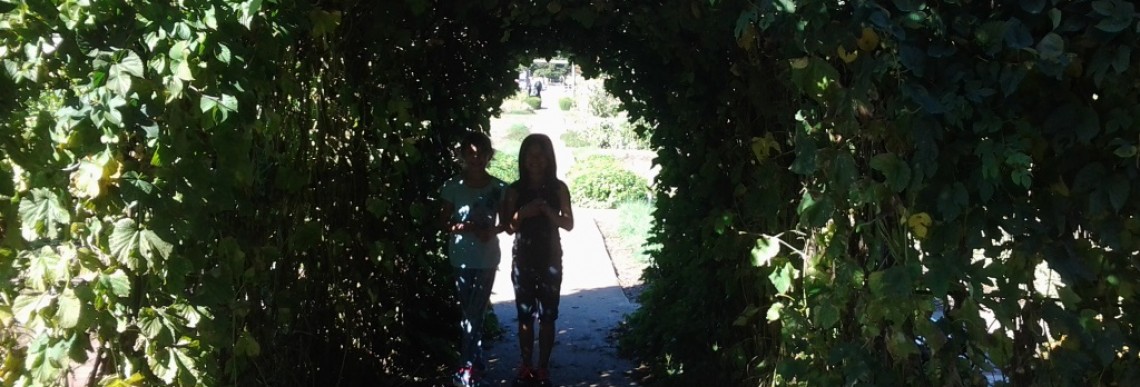

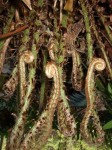
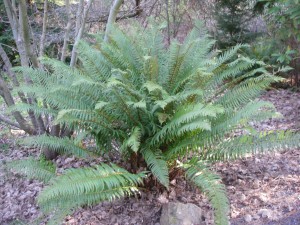

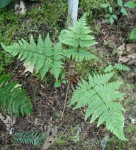
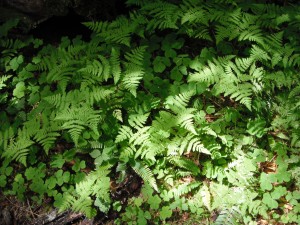

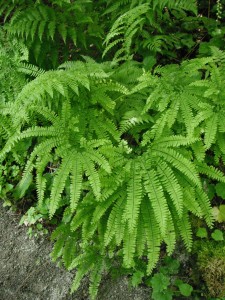
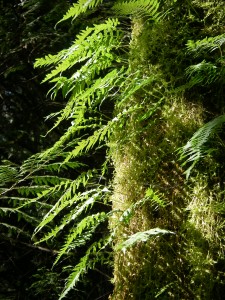


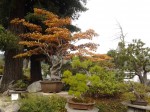

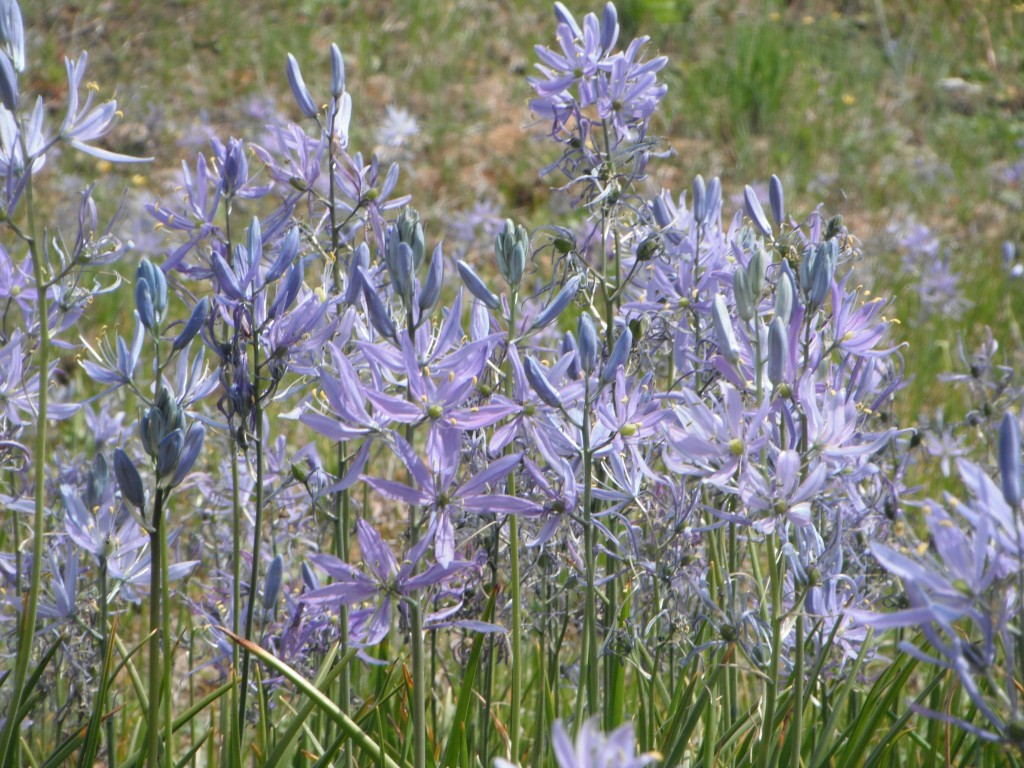
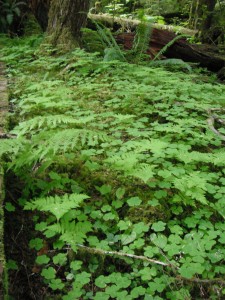

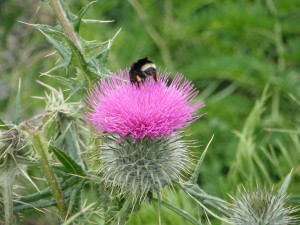


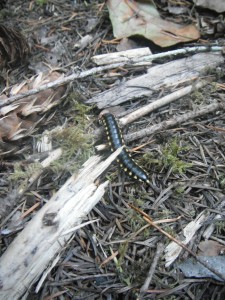
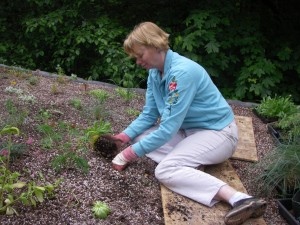
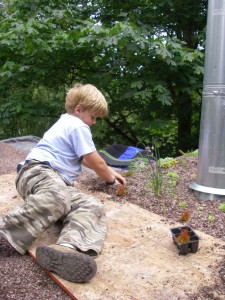

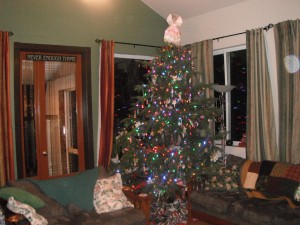 One of my favorite Christmas tree stories is from when I worked at the Seymour Botanical Conservatory in Tacoma. A young, urban minister from one of the nearby churches came in around March to ask why his tree was dying. After Christmas he had put it on his balcony and had been faithfully watering it. Seeking more information, I asked him whether it was balled-and-burlapped or in a pot. I had to stifle a guffaw when he told me it was in its stand! The cut tree he had been nurturing for three months was essentially dead. To give him some credit, it may have lived if it had been a willow!
One of my favorite Christmas tree stories is from when I worked at the Seymour Botanical Conservatory in Tacoma. A young, urban minister from one of the nearby churches came in around March to ask why his tree was dying. After Christmas he had put it on his balcony and had been faithfully watering it. Seeking more information, I asked him whether it was balled-and-burlapped or in a pot. I had to stifle a guffaw when he told me it was in its stand! The cut tree he had been nurturing for three months was essentially dead. To give him some credit, it may have lived if it had been a willow!